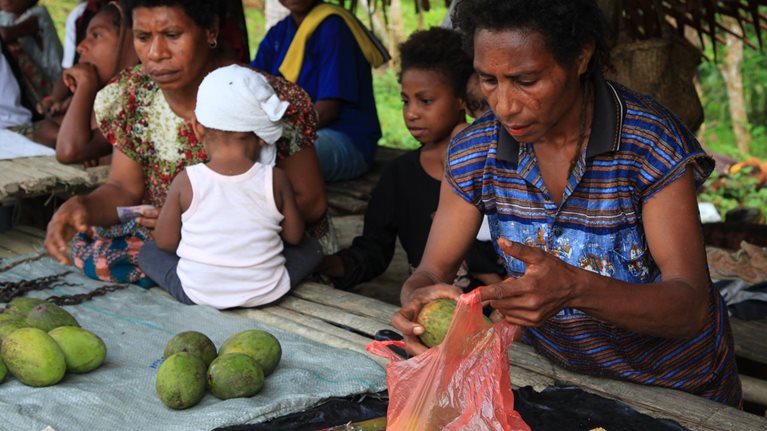Fisheries provide employment for 180 million people worldwide and represent a significant percentage of the animal protein consumed globally, particularly in developing countries. Fish and fishery products are one of the most widely traded agricultural commodities with exports worth more than $85 billion in 2008. But marine fisheries today are under pressure. While fisheries in some developed countries are recovering, overfishing has impoverished the state of the marine ecosystem globally. According to Food and Agriculture Organization (FAO) data, 30 percent of fish stocks are currently considered overexploited, with another 50 percent considered fully exploited. In addition to being both a biological and a food-supply tragedy, the erosion and subsequent collapse of fisheries pose an immediate economic threat to fishers and others whose livelihoods depend on fishing.
Would you like to learn more about our Social Sector Practice?
The intention of this report is to engage all stakeholders in discussions that explore the best means of establishing sustainable fisheries around the world, based on a clear understanding of the options and their biological and economic implications. It is not the intention of this report to make recommendations. The methodology is demonstrated by exploring the biological and economic impact of different pathways to sustainability for three different fisheries: East Atlantic bluefin tuna, Gulf of Mexico red snapper, and tropical grouper—each of which are either in imminent danger of collapse, or face significant challenges to achieving sustainability.
Download the full report on which this article is based, Design for sustainable fisheries—Modeling factory economics (PDF–963KB).


